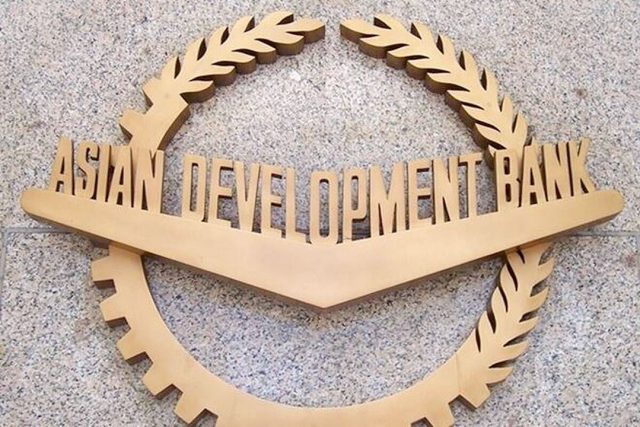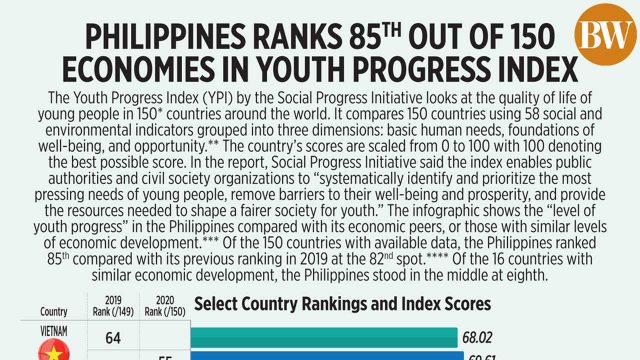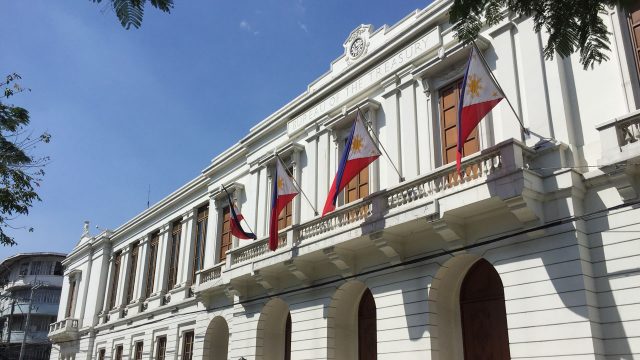More contagious Delta variant makes people sicker
THE following is a summary of some recent studies on coronavirus disease 2019 (COVID-19). They include research that warrants further study to corroborate the findings and that have yet to be certified by peer review.
DELTA VARIANT MAKES PEOPLE SICKER
The Delta variant of the coronavirus is known to be more easily transmissible than earlier versions, and now a large UK study suggests it also makes people sicker. Researchers analyzed data on 43,338 patients infected with either the Alpha or the Delta variant. Overall, roughly three quarters were unvaccinated, and half were under age 31.
After accounting for patients’ underlying risk factors, researchers found that unvaccinated patients were 132% more likely to be hospitalized if they were infected with Delta than with Alpha. Vaccinated patients may also be more likely to require hospitalization with a Delta infection, but data for those patients was less clear, according to a report published on Friday in The Lancet Infectious Diseases.
The results “suggest that outbreaks of the Delta variant in unvaccinated populations might lead to a greater burden on healthcare services than the Alpha variant,” the researchers concluded.
ORAL DRUG SHOWS PROMISE AGAINST COVID-19 PNEUMONIA
Severely ill patients with COVID-19 pneumonia who received the experimental oral drug opaganib developed by RedHill Biopharma required less extra oxygen and were able to leave the hospital sooner than patients receiving a placebo in a small randomized trial, researchers reported on Sunday on medRxiv ahead of peer review.
Within 14 days after enrolling in the study, 50.0% of patients taking opaganib no longer needed oxygen, compared to 22.2% of patients in the placebo group. In addition, 86.4% of opaganib-treated patients had been discharged, versus 55.6% in the placebo group.
On Thursday, RedHill announced that opaganib strongly inhibits the Delta variant of the coronavirus in test tube experiments. The drug is believed to exert its antiviral effect by inhibiting sphingosine kinase-2 (SK2), a key enzyme in cells that may be recruited by the virus to support its replication, the company said.
Based on the initial 42-patient trial conducted last year, RedHill Biopharma launched a much larger randomized trial in patients hospitalized with severe COVID-19 pneumonia. The last of the 475 patients in that late-stage study has now completed treatment and some of the data should be available soon, the company said last week.
SEIZURE IN CHILDREN MAY SIGNAL COVID-19
Seizures may be the only symptom of COVID-19 in some children, a new report cautions. Children tend to get sick from COVID-19 far less often than adults, and their symptoms are usually not severe, mainly consisting of fever and mild respiratory issues, although more have become ill with emergence of the Delta variant.
Among 175 children who came to an Israeli emergency room and were diagnosed with COVID-19, 11 were brought to the hospital because of seizures, researchers reported on Saturday in the medical journal Seizure. Only seven had previously been diagnosed with a neurological disorder, and only six had fever. All 11 made full recoveries.
While seizures have not been a frequently reported problem in adults with COVID-19, they “may be the main manifestation of acute COVID-19 in children,” even without fever and without a history of epilepsy, the study authors said.
In some hospitals, they point out, only children with flu-like symptoms or close contact with a confirmed COVID-19 patient get tested for the coronavirus. Medical personnel should be aware that children with seizures should be tested, too, they said. — Nancy Lapid/Reuters






























